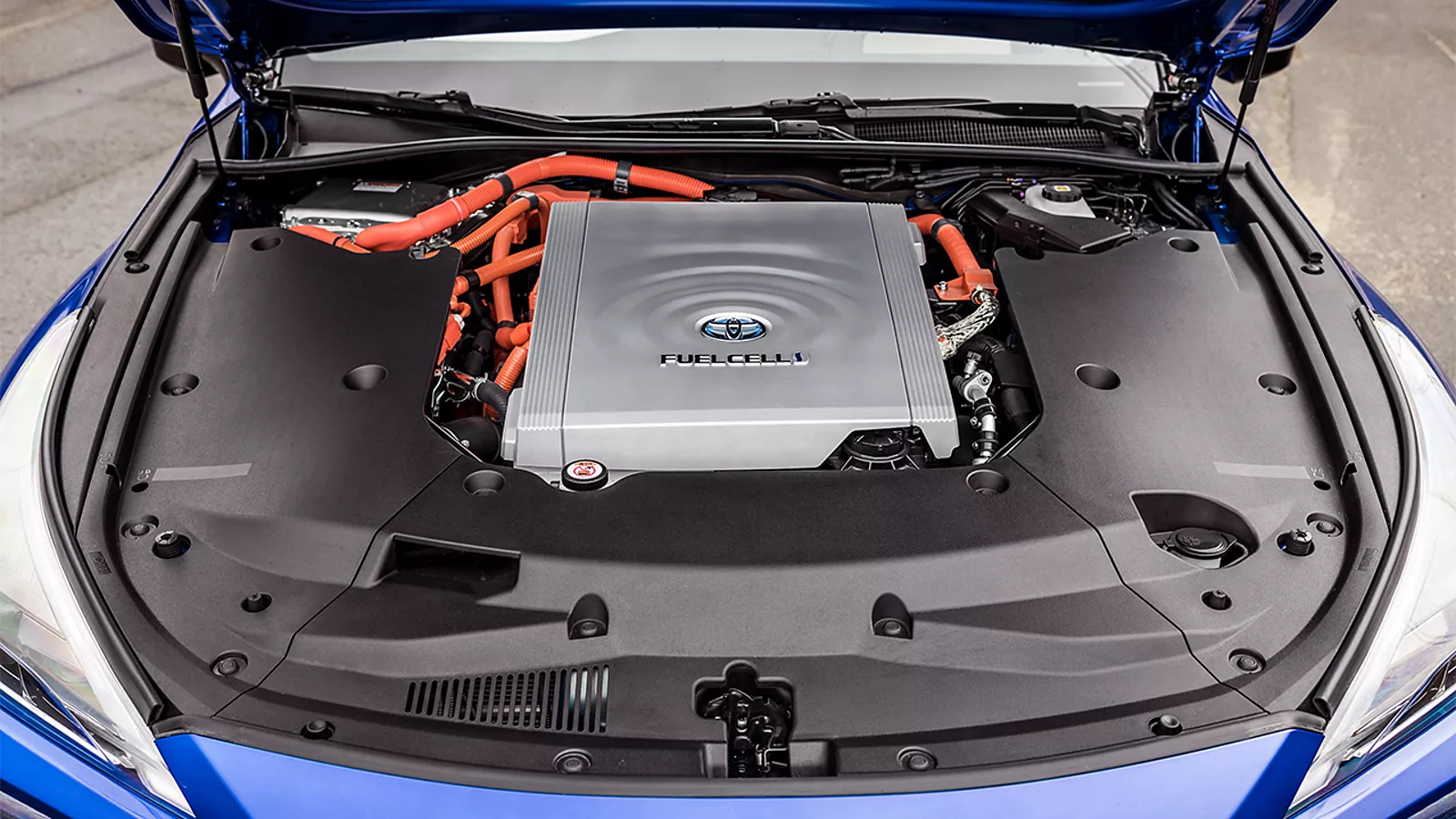Summary
- Through most of the 2010s, EVs and hybrids were the big talk about reducing emissions, however hydrogen fuel cells were also introduced as an alternative
- Much more strictly regulated because of the safety needed for hydrogen storage and containment, was only approved for use in California (in the US)
- Has not achieved any real impact on the automotive market, not even in the sustainable fuels areas
- Interest has been gained in heavy duty FCVs such as busses and heavy goods vehicles, but interest has paled in comparison to even EVs
- We think that there is a future for hydrogen in the heavy duty sectors, but unless something drastic happens, it will remain a niche product for the passenger vehicle market
Thinking back a few years, there was a massive debate among the consumers wanting affordable green vehicles about what the future would offer them. We are now, by most definitions, in that precise future, where EVs are a market reality, hybrids are outpacing the sales of internal combustion only vehicles, and the United States is starting to see charging stations pop up everywhere to support the expected future resurgence of EVs.
However, there was one type of car that was talked about that was seen as the best of both worlds, those being hydrogen powered cars. They took the best part of EVs, that of instant power and torque and quiet operation, but also took the best part of petrol-powered vehicles, that of long range capability, and combined them into aerodynamic and efficient vehicles. Best part of all, the only emissions from hydrogen cars is pure water and warm air.
No Subscription? You’re missing out
Get immediate ad-free access to all our premium content.
Get Started

